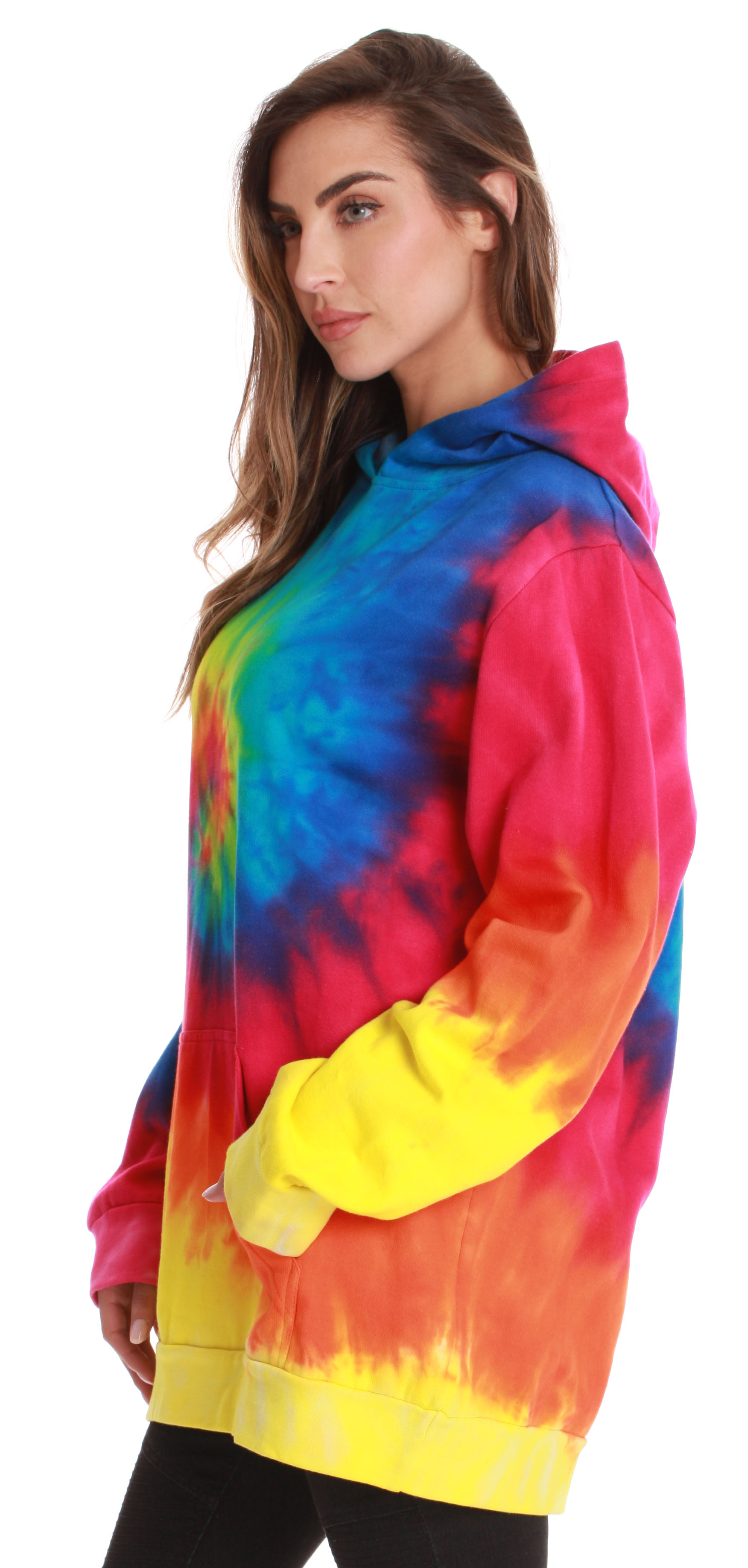What to Consider When Deciding on the proper Sweatshirt

Sweatshirts are long-sleeved tops that are made of thick cotton cloth. They are generally worn as casual clothing and aren't as dressy as sweater s or cardigans. They may not have an hood. If you are interested in buying a sweatshirt here are some suggestions:
Norma Kamali sparked the appeal of sweatshirts
Since the mid-70s In the late '70s, Norma Kamali has been transforming the simple sweatshirt into an art. Her designs are now an essential part of every woman's closet. Her distinct designs vary from a tummy-tucking crew neck to leather-paneled sweatshirts. Her clothing is also designed with unusual shapes, such as tanks with an extended trumpet skirt.

A partnership between the designer and sweatshirt manufacturer Everlast led to her Timeless line, which was extremely popular when it was featured in the Spiegel spring 2006 catalog. The collection was made up of convertible and interchangeable knits in classic shapes, and many items were priced below $20. Even the The Norma Kamali Timeless collection wasn't available in stores, customers could still find these pieces through eBay or Poshmark.
Merino wool sweatshirts feel more comfortable than sweatshirts with soft fabrics.
Merino wool is renowned for its ability to wick moisture away that help keep you comfortable and dry. Merino wool is an organic fibre that has a softer feel. The fabric is also quick to dry when compared with other natural material. Additionally, merino is a renewable resource. Merino sheep shed their coats each year and grow new coats.
Merino's weight-to-heat ratio is high, and the warmth of wool makes it popular for sweatshirts. It assists in regulating body temperature thanks to its natural loft, which retains heat in the fibers. This is the reason Merino wool sweatshirts are ideal for summer and outdoor activities like mountain biking, hiking, and running. The warmth it provides ensures that the wearer stays well-hydrated and cool, something that is important when exercising.
Zip-front hoodies come with a kangaroo pocket
Kangaroo pocket Hoodies are a very popular type of hoodies. These hoodies feature a huge pocket at the front that keeps your hands warm on chilly days. They are additionally more practical than conventional pockets because they permit the hands to slide in and out effortlessly.
The pockets of Kangaroos are typically big enough to hold an entire wallet, as well as other small personal items. They are commonly big enough to hold one hand in a smaller size, and can even be large enough to accommodate two hands. They feature wide openings on both sides and are ideal for carrying small objects.
French Terry fabric is a well-loved fabric for sweatshirts
The French Terry fabric is constructed of soft yarns that are made into loops, and are usually midweight. It is also noted as a fabric that wicks away moisture and is pre-shrunk. French Terry is an excellent option for sweatshirts as it keeps you warm when you need it and keeps your cool when you want to cool off.
French terry is also popular for loungewear, since it is stretchy enough and has enough flexibility to feel good when you touch your body. It also allows air to circulate through the fabric, making it ideal for layering underneath other clothes. In addition, because it's lighter than other sweatshirts you can wear it all year round without feeling warm or cold.
Hoodies are classy and have a connotation of class.
Although it might appear that hoodies are just clothes that are appropriate for those who are working class but the truth is that they carry classist connotations. Hoodies first became seen in the 1970s , in New York, where graffiti artists wore them to hide their identities. In 1976 the hoodies made their big movie debut with "Rocky," when the working-class title character wore grey sweats with hoods during his famous climb up the Philadelphia Museum of Art.
Hoodies are often associated with death, destruction, and other undesirable items, yet they also serve practical purposes. For instance, priests and monks can wear hoods to demonstrate the proper manner of dress and to focus on their inner self.
